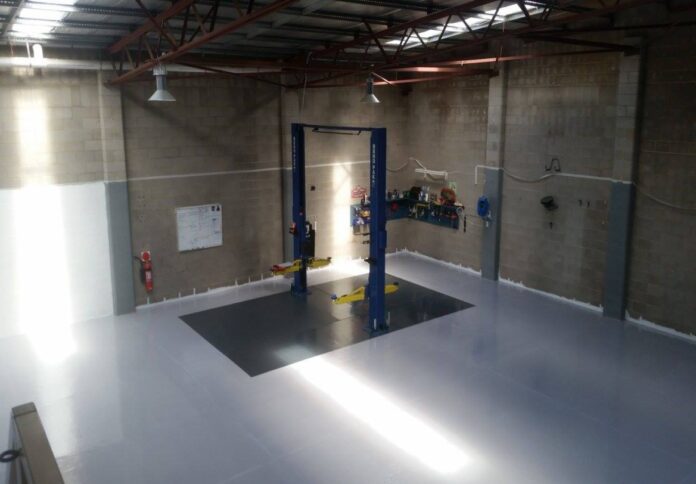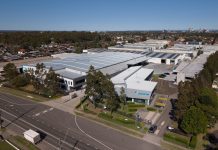
In a new project by iLAuNCH Trailblazer, the University of Southern Queensland (UniSQ), the Australian National University (ANU), and the University of South Australia are partnering with Adelaide-based company Change Climate to assess the potential of a bio-epoxy resin for aerospace applications.
This bio-epoxy is being studied for its sustainability and durability in space environments, UniSQ revealed in a news release.
“The novel bio-epoxy formulation being investigated in this project has a game changing characteristic of being insensitive to ultraviolet radiation, which could open up their applicability in aerospace and space environments,” said iLAuNCH Chief Technology Officer, Dr Joni Sytsma.
“So if this material is indeed superior to traditional petrochemical based epoxy formulations, then it could open up incredible new avenues for space hardware manufacturing in Australia.”
Dr Allan Manalo, a professor of civil engineering at UniSQ, is leading the project, working with Professor Colin Hall from the University of South Australia and Eduardo Trifoni from the National Space Test Facility at ANU.
According to Dr Manalo, the project builds on research from the Centre for Future Materials at UniSQ, focusing on incorporating Change Climate’s bio-epoxy resin into aerospace manufacturing.
Change Climate’s bio-epoxy, known as ‘BYOXY Bio-Epoxy Resin,’ is made entirely from renewable resources and is non-toxic, offering an environmentally friendly alternative to traditional resins.
“Change Climate is looking forward to working with the iLAuNCH Trailblazer universities in a joint project that will increase sovereign capability for manufacturing of aerospace structures,” said Change Climate CEO, Sean Steed.
The project will now further evaluate its resistance to radiation, atomic oxygen, corrosion, outgassing, and thermal stability, with the goal of advancing the technology to a readiness level suitable for space applications.
The collaboration will also involve environmental simulation testing at facilities within the University of South Australia and ANU to support the commercialisation of the technology.


















